In my 15 years in this industry, I’ve seen some good weddings—but I’ve also seen some great weddings. I’ve spent time studying the latter, element by element, to see what went right. As it turns out, the difference between “good” and “great” has less to do with the height of the floral arrangements or the color of the table linens, and much more to do with the preparation that takes place before the wedding.
Sure, I could keep this it factor information under lock and key…but instead, I’d love to let you in on a few insider secrets.
I always say that events are a lot like mazes in that they’re filled with lots of twists and turns. The good news? I know exactly how to navigate every curve. Below you’ll find an overview of my planning process—a process designed to make your journey down the aisle as seamless and straightforward as possible.
Read on to shine some light on the first few steps you’ll need to take to achieve a wedding outcome that’s undeniably great. Want to skip to the guided portion of your path toward the altar? Pass the line and head straight to my inbox.
All set? Let’s get started, friend.
Follow These 5 Steps to Ensure Wedding Planning Success
Step 1: Exploration
People rarely allow themselves enough time and space to dream—especially people who are planning a wedding. Instead of dreaming, many couples worry, which can lead to premature decision-making.
Is everything going to be booked? I just need to start booking things now.
Thoughts like these are normal, but I encourage you to resist the urge to act on them. Instead, give yourself parameters by defining how much time you have to dream. Otherwise, your dreams will change every time you look at Instagram, and you’ll end up dreaming in circles! I also recommend involving your wedding planner in your creative process. By doing so, you’ll gain a dream ambassador—someone who can take your abstract thoughts straight to the vendors best equipped to bring them to life.

Step 2: Incubation
Incubation functions as an in-between moment in the wedding planning process. Consider it your “hurry up and wait” phase. Just like you don’t want to miss the in-between moments on your wedding day, you shouldn’t let the opportunity to press “pause” on the process pass you by. Like step one, Exploration, the Incubation stage of planning works best when given parameters. I suggest limiting this phase to one week.
During this period of time, your mission is to set aside brainstorming for a bit. Incubation is about taking all of the decisions you’ve made, sitting with them, and then taking a step back to evaluate them from afar. When you revisit your wedding plans after taking a week off, you’ll find that the fog has lifted and you’re able to consider each choice with fresh eyes.
Some tips to help you get the most out of the Incubation phase:
-
Plan a date night and spend some quality time with your fiancé.
-
Do something to stimulate your mind creatively that doesn’t directly involve the wedding. Paint. Visit a museum. Go to the symphony. Take a cooking class.
-
Work out. Personally, I find most of my inspiration on the treadmill. It’s where some of my best ideas have come to me!

Step 3: Illumination
It’s important to involve an outside set of eyes in your process. Someone who is totally impartial and trustworthy, but not directly involved in planning your wedding, is ideal. During this phase, have your trusted advisor take a look at what you’ve planned—not to scrutinize or critique every detail, but to consider your wedding from a broad perspective.
Most of us have people in our lives who have already lived through the wedding planning process. I find that many recent brides are willing to be open and honest about their own wedding planning experience—to acknowledge moments they missed, or things they would change if they could go back.
More often than not, I find that magic happens when someone outside of your planning bubble suggests something you wouldn’t have otherwise considered. Consider any critiques or recommendations that surface during the Illumination phase in light of Coco Chanel’s advice: “Before you leave the house, look in the mirror and take one thing off.” Then, let the editing begin!
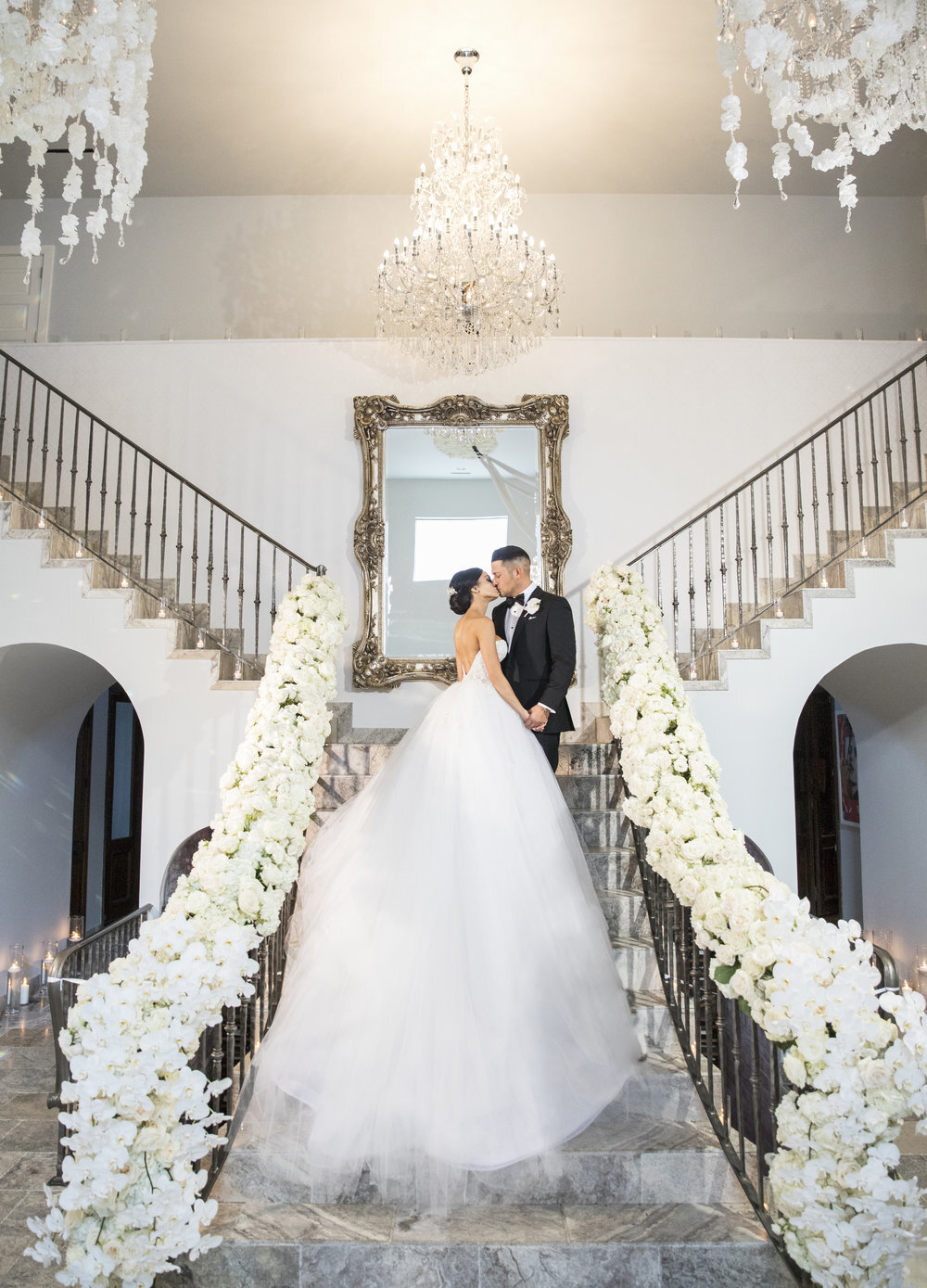
Step 4: Confirmation
At this point, you should have built a reservoir of trust with a planner who:
-
Understands your aesthetic.
-
Knows the right resources to pair with your vision.
-
Has done the work ahead of time to establish relationships with a variety of venues and vendors in order to provide you with the best possible value.
Now it’s time to let go.
During the Confirmation phase, the workload shifts primarily to your planner’s shoulders (meaning you’re free to book and enjoy a spa day if you wish!). As your planner, from this point on, my goal will be to allocate your resources in a way that maximizes value and materializes your vision.
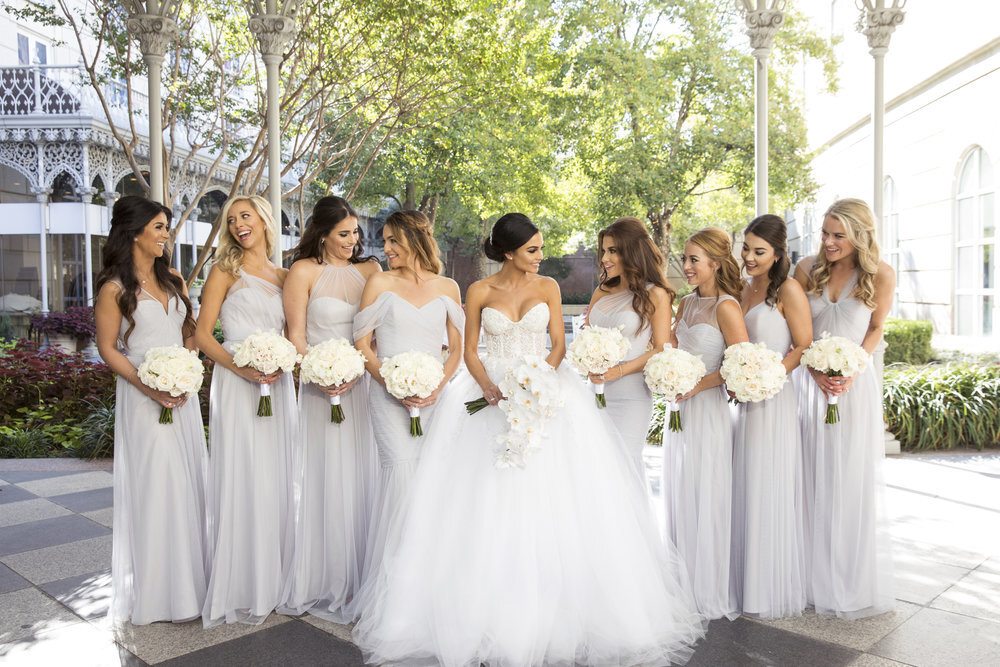
Step 5: Realization
A beautiful wedding is a foregone conclusion if you’ve made the right decisions along the way.
You’ve given yourself space to dream, invited advisors into your process, and released control of the outcome of your day to a trustworthy team. You’ve made over 3,000 micro-decisions that have led you to this point. And now it’s finally here…
Your wedding day.
Here’s the very best news: Since you followed the steps above, you don’t have to worry about a single thing. Today’s going to be more than good.
It’s going to be great.
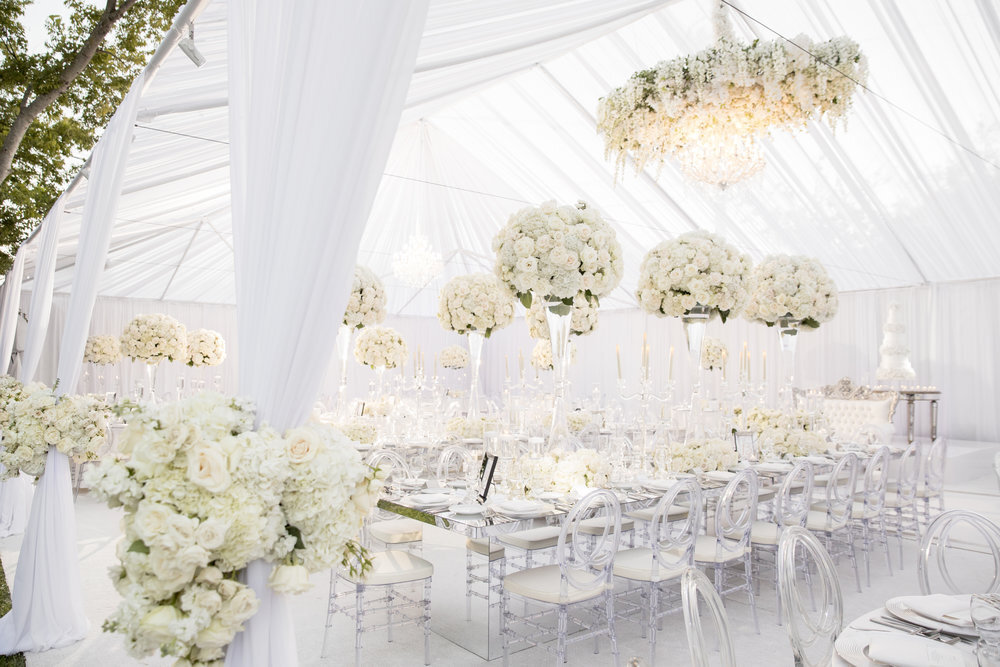
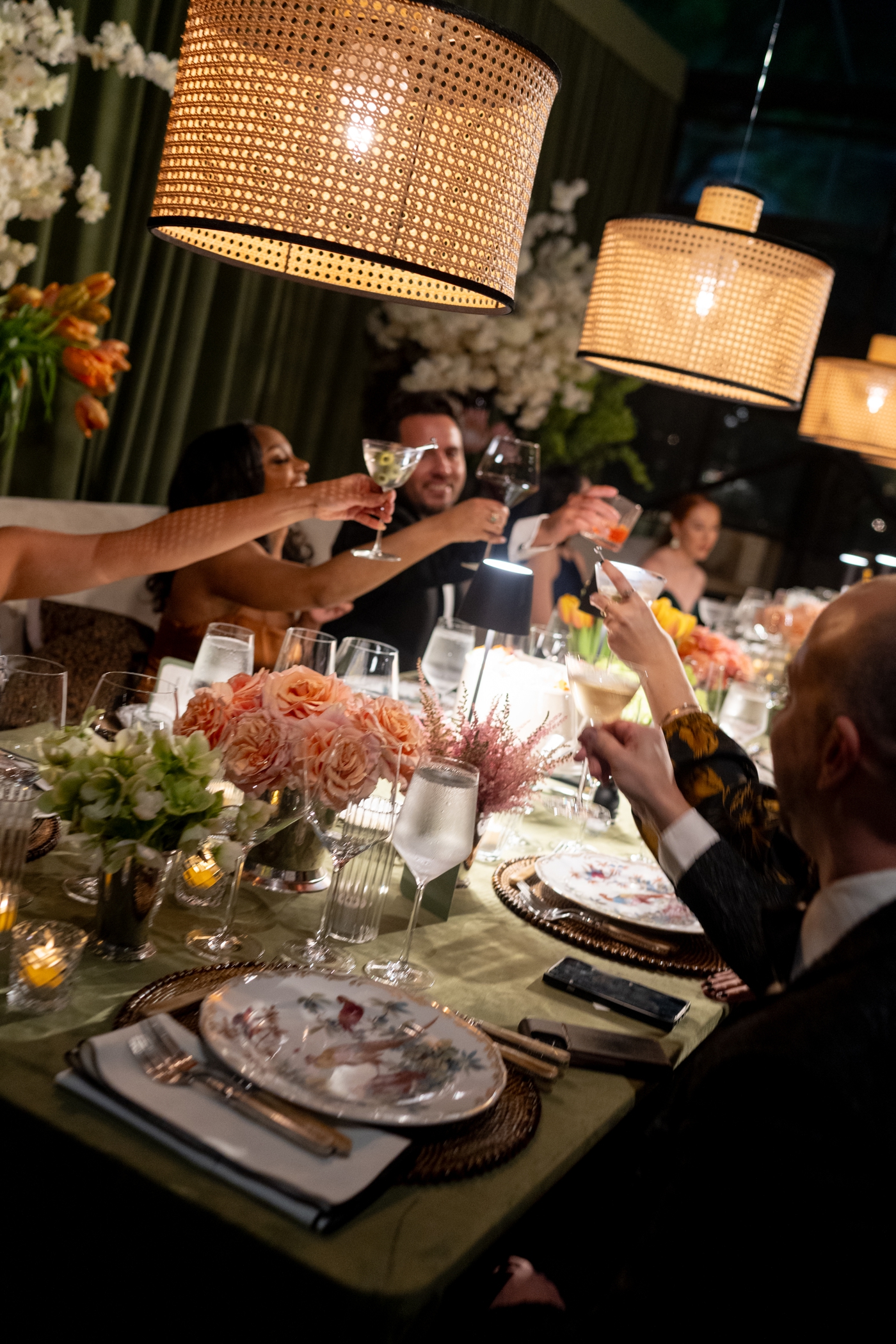
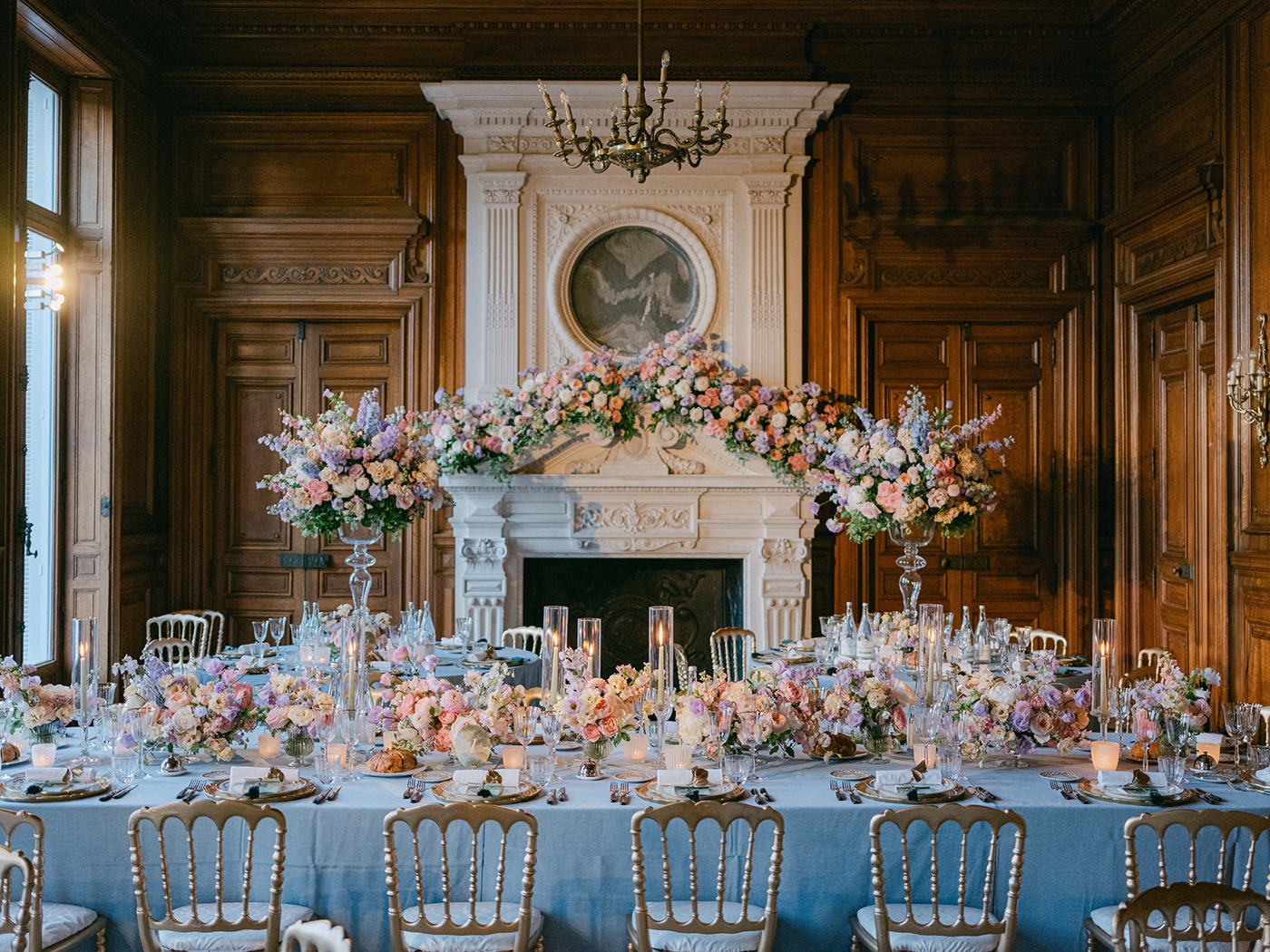

[…] assured that we have all the contacts, resources, and experience to transform your vision into a great wedding. We’ll help you navigate every barrier and–at the same time–ensure that the entire process is […]